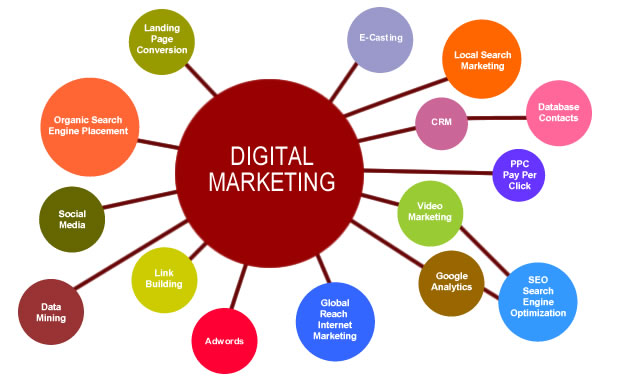Creating your first small business website can be a crucial step in establishing an online presence. Here are three essential steps to help you get started:
- Define Your Goals and Audience:
- Identify Your Objectives: Clearly outline the purpose of your website. Whether it’s to showcase your products or services, generate leads, or sell products online, understanding your goals will guide the design and content of your site.
- Define Your Target Audience: Understand who your potential customers are. Consider their demographics, interests, and online behavior. Tailor your website content to appeal to this audience and address their needs.
- Choose a Domain Name and Web Hosting:
- Select a Domain Name: Choose a memorable and relevant domain name for your business. Keep it simple, easy to spell, and reflective of your brand. Use domain registration services to secure your chosen domain.
- Choose a Web Hosting Provider: Research and choose a reliable web hosting provider. Consider factors like server reliability, customer support, and features offered. Popular options include Bluehost, SiteGround, and HostGator. Many providers offer easy-to-use website builders, making the setup process more straightforward.
- Create and Design Your Website:
- Choose a Website Builder or Content Management System (CMS): Select a platform that aligns with your technical skill level and business needs. WordPress, Wix, and Squarespace are popular choices for small businesses. These platforms often provide templates and drag-and-drop features, making it easier for beginners to create a professional-looking site.
- Design Your Website: Keep the design clean, professional, and consistent with your brand. Use high-quality images, clear navigation, and readable fonts. Ensure that your website is mobile-friendly, as many users access the internet from mobile devices.
- Add Essential Pages and Content: Create key pages such as Home, About Us, Services/Products, Contact, and a Blog (if applicable). Craft compelling and informative content that addresses your audience’s needs and showcases your offerings.
- Implement SEO Best Practices: Optimize your website for search engines by using relevant keywords in your content, creating descriptive meta tags, and ensuring proper URL structures. This will help improve your website’s visibility in search engine results.
Remember to regularly update your website with fresh content, and consider incorporating features like contact forms, social media integration, and analytics tools to track your website’s performance. As your business grows, you can expand and enhance your website further.




